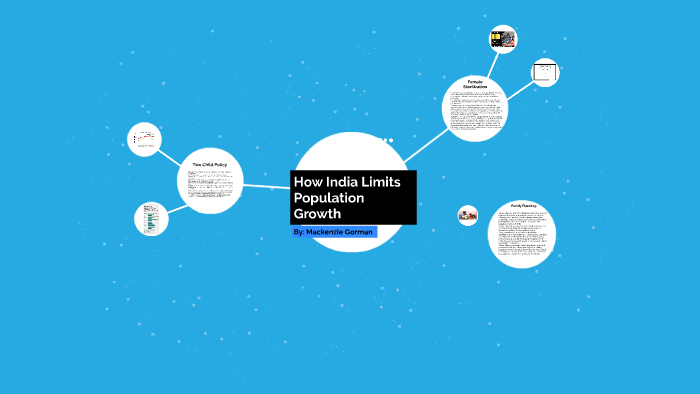Understanding Density Independent Factors: A Quick Guide

Understanding density independent factors is crucial for anyone studying ecology, population dynamics, or environmental science. These factors play a significant role in shaping populations, regardless of their density. In this guide, we’ll explore what density independent factors are, their impact, and how they differ from density dependent factors. Whether you’re a student, researcher, or simply curious, this post will provide the insights you need.
What Are Density Independent Factors?

Density independent factors are environmental influences that affect a population’s growth rate, survival, or reproduction, regardless of the population’s size or density. Unlike density dependent factors, which increase or decrease based on population numbers, these factors act uniformly across all individuals. Examples include natural disasters, extreme weather, pollution, and human activities like deforestation.
📌 Note: Understanding these factors is essential for predicting population trends and implementing conservation strategies.
Key Examples of Density Independent Factors

To better grasp these concepts, let’s look at some common examples:
- Natural Disasters: Earthquakes, floods, and wildfires can decimate populations without regard to their size.
- Climate Extremes: Prolonged droughts or severe winters can affect survival rates uniformly.
- Pollution: Chemical spills or air pollution impact all individuals in a population equally.
- Human Activities: Habitat destruction and urbanization reduce resources for all species in the area.
How Density Independent Factors Differ from Density Dependent Factors

While density independent factors act uniformly, density dependent factors, such as competition, predation, and disease, intensify as population density increases. For instance, in a dense population, competition for food rises, whereas a storm would affect all individuals equally, regardless of population size.
| Factor Type | Examples | Impact Based On |
|---|---|---|
| Density Independent | Natural disasters, pollution | Uniform across population |
| Density Dependent | Competition, predation | Population size/density |

Impact on Population Dynamics

Density independent factors can cause sudden and dramatic changes in population size. For example, a hurricane can wipe out a significant portion of a species, leading to a population crash. These events highlight the vulnerability of populations to unpredictable environmental forces.
Checklist for Understanding Density Independent Factors

- Identify key examples: natural disasters, climate extremes, pollution, and human activities.
- Distinguish from density dependent factors: competition, predation, and disease.
- Analyze their uniform impact on populations.
- Consider their role in conservation and ecosystem management.
Density independent factors, such as natural disasters and pollution, play a critical role in shaping populations, often leading to sudden declines. By understanding these factors, we can better predict ecological changes and implement effective conservation measures. Whether you’re studying population ecology or exploring environmental science, this knowledge is invaluable for addressing real-world challenges.
What are density independent factors?
+
Density independent factors are environmental influences that affect a population uniformly, regardless of its size or density. Examples include natural disasters, pollution, and climate extremes.
How do density independent factors differ from density dependent factors?
+
Density independent factors act uniformly across a population, while density dependent factors, like competition and predation, intensify as population density increases.
Why are density independent factors important in ecology?
+
They help predict population trends, highlight vulnerabilities, and guide conservation efforts by addressing sudden environmental changes.



